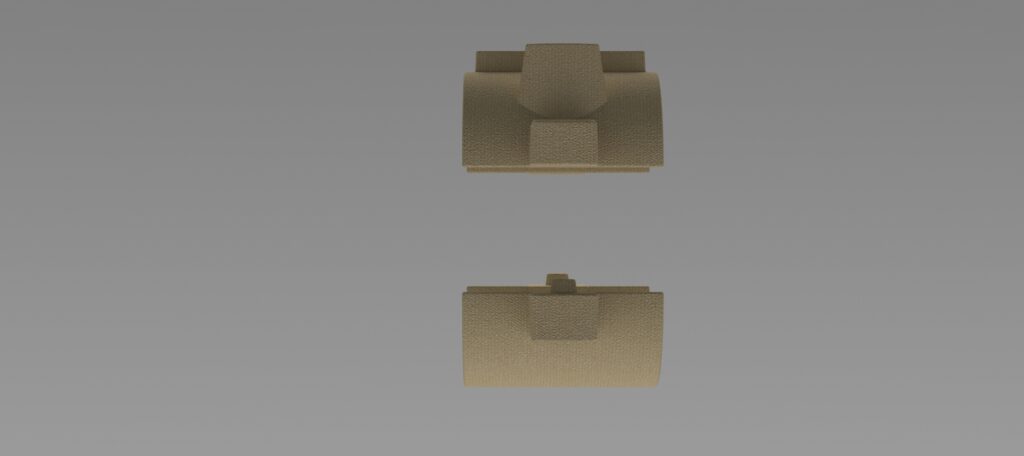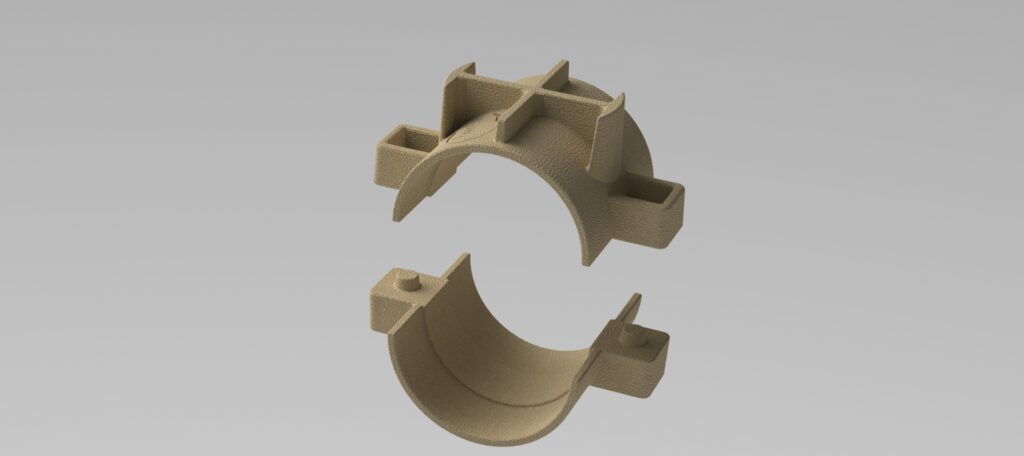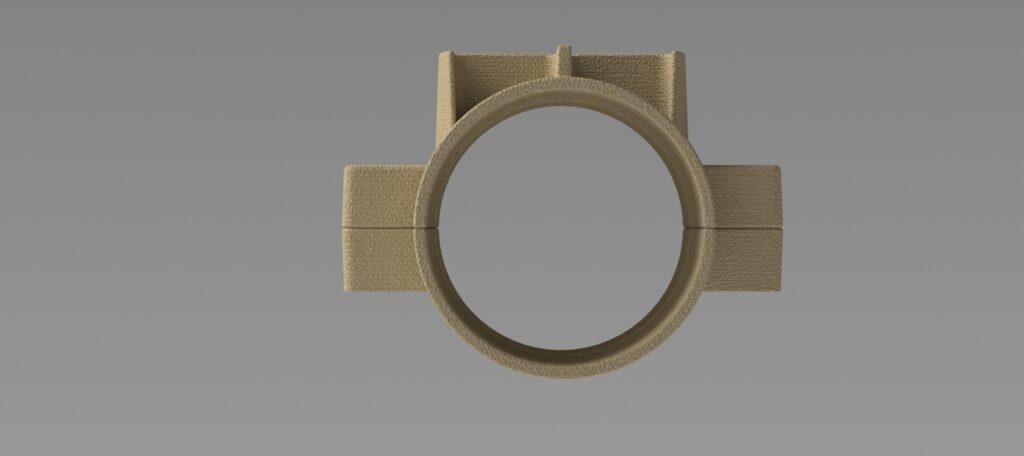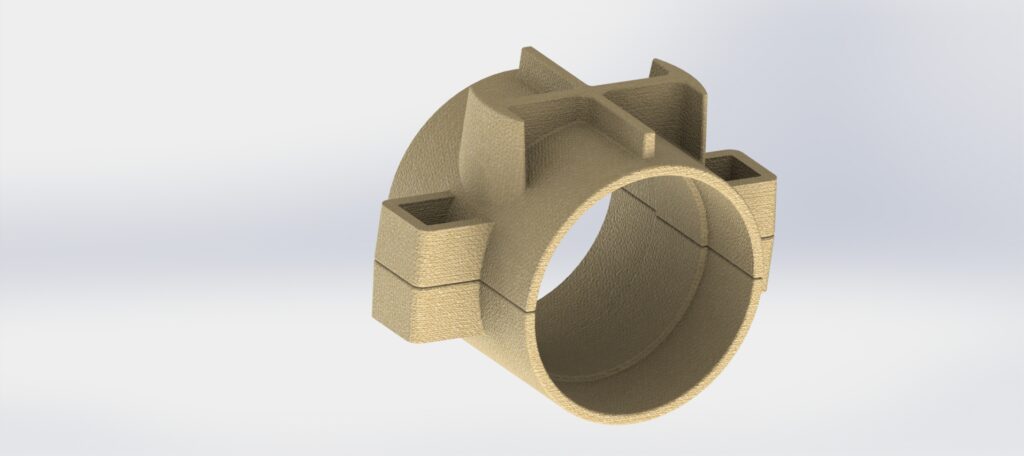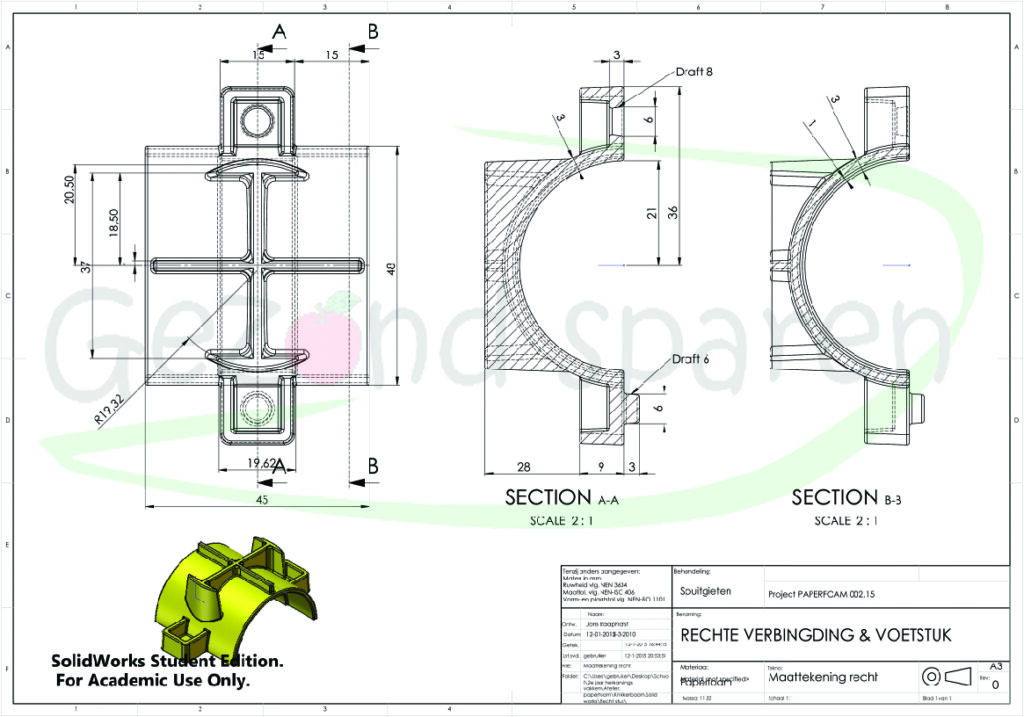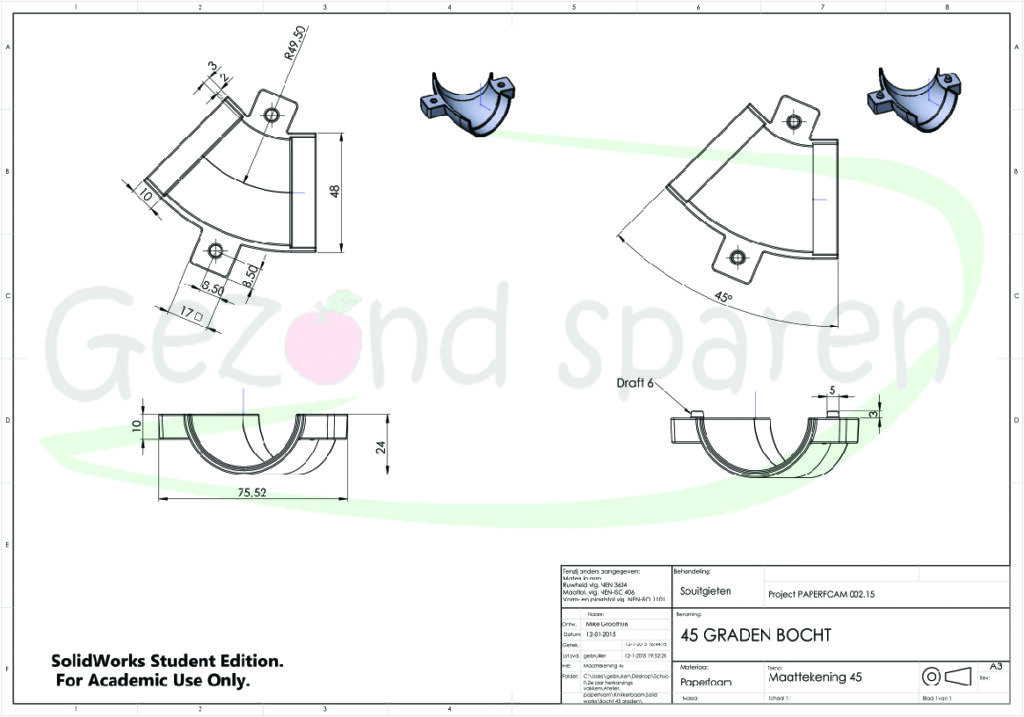Project Paperfoam
The Paperfoam project was one of the larger projects during my studies at IPO Zwolle, combining two substantial courses into a cohesive design challenge. The first course focused on building a new business case for Paperfoam, a company specializing in environmentally friendly packaging solutions. The second course involved developing a product concept based on the business case, with a focus on sustainability, innovation, and consumer engagement.
Business Case Development
The foundation of the business case involved extensive research and direct engagement with various stakeholders. Our research consisted of desktop studies, interviews with key figures such as chefs, dietitians, and supermarket managers, as well as observations of consumer buying behavior. We also conducted a survey among children to understand their snacking habits at school and at home. These insights were distilled into Key Performance Indicators (KPIs), client frictions, and opportunity areas.
From our analysis, we identified four key opportunity directions, which guided the ideation phase, resulting in over 100 ideas:
- Healthy Choice: Simplifying healthy eating through smart product design.
- Special for Now: Making snacks more rewarding by combining them with an educational puzzle.
- Healthy Collection: Introducing a ‘happy meal’ style collectible toy that nudges children towards healthy snacking.
- Healthy Message: Adding an appealing, playful design or message to fruits, such as a cute sketch on a banana.
We tested these ideas with random consumers in supermarkets, and after further refinement, the concept of Healthy Collection was selected for full business case development. The resulting business case was thorough, covering consumer insights, market size analysis, feasibility studies, investment projections, marketing strategies, and a substantiated recommendation to proceed.
Concept Development: Healthy Collection
The concept of Healthy Collection focused on integrating fun with healthy eating. We proposed creating a toy made by Paperfoam to be included with healthy snacks in supermarkets. The toy, designed to connect with other similar toys, would encourage children to build and craft, associating healthy snacks with a positive and engaging experience. The toy’s design would physically connect it to the snack, ensuring the link between the two and promoting healthier food choices among children.
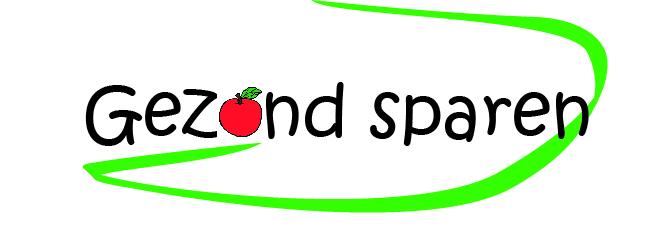
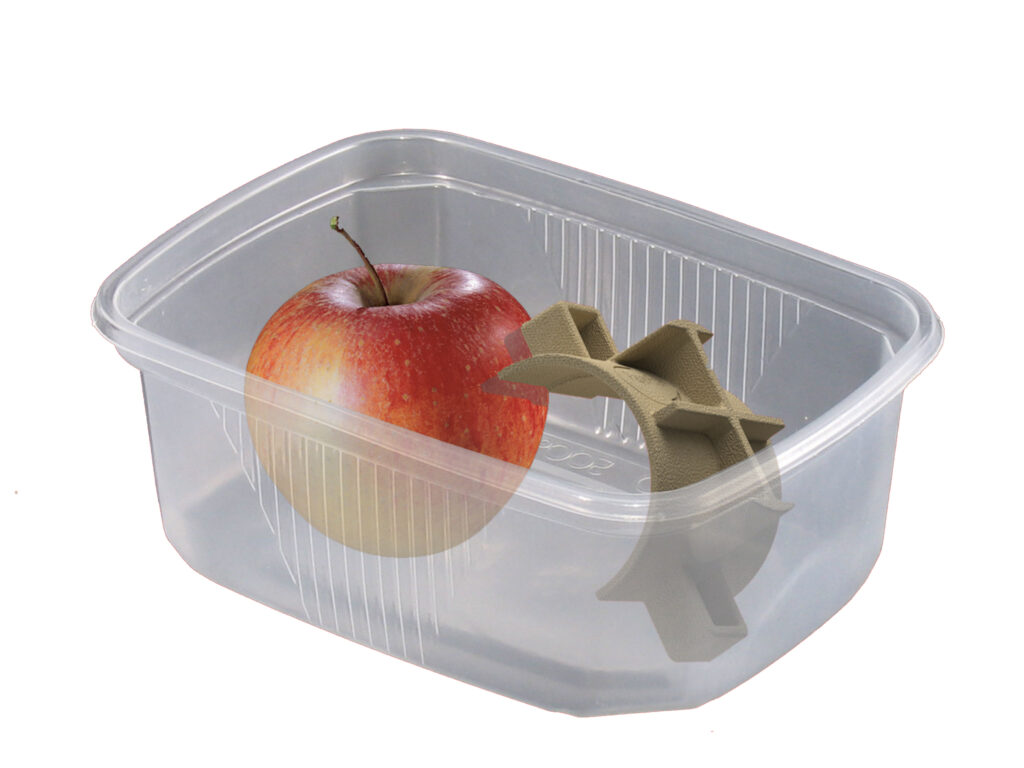
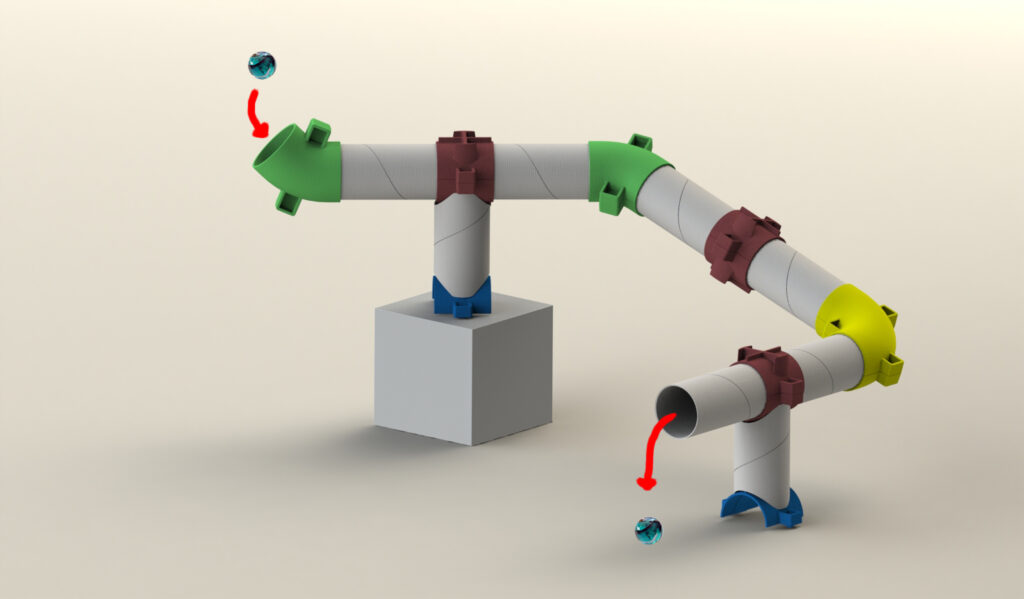
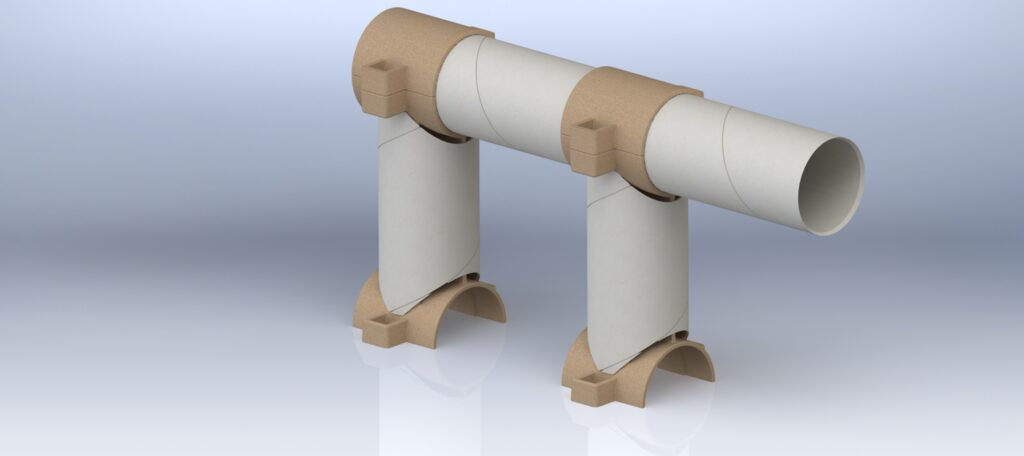
Key Features of the Product Concept:
- Sustainability: The toy is made from Paperfoam, a biodegradable, eco-friendly material, reinforcing the project’s commitment to environmental sustainability.
- Educational Value: The toy promotes creativity and cognitive skills through building and crafting, offering an added value beyond just a reward for eating healthy.
- Behavioral Nudge: By linking a fun experience to the consumption of healthy snacks, we aimed to shift children’s preferences from sugary, unhealthy foods to nutritious options.
Life Cycle Analysis (LCA)
A significant aspect of the Paperfoam project was conducting a Life Cycle Analysis (LCA) to evaluate the environmental impact of the product we developed. The LCA focused on assessing the sustainability of the materials and processes used, particularly the biodegradable Paperfoam material, to ensure the product’s alignment with eco-friendly goals.
The objective of the LCA was to improve the design of the toy component associated with the Healthy Collection concept. This analysis covered the entire lifecycle of the Paperfoam product, from production to disposal, and quantified the environmental impact at each stage.
Competencies Developed
Throughout this project, I honed several critical competencies:
- Research & Analysis: I developed a deep understanding of consumer behavior through both quantitative and qualitative research. Conducting interviews, surveys, and observational studies allowed me to capture nuanced insights that shaped the final product concept.
- Business Strategy: Crafting a comprehensive business case required me to integrate market research, strategic thinking, and financial analysis. I gained experience in formulating marketing approaches, feasibility studies, and risk assessments, ensuring the concept was viable from both business and operational perspectives.
- Sustainable Design: This project was a key opportunity to apply sustainable design principles, particularly in the choice of materials and the lifecycle of the product. The use of Paperfoam, a biodegradable material, aligned with the growing demand for eco-friendly solutions in consumer products.
- Creativity & Ideation: Leading a brainstorming process that produced over 100 ideas showcased my ability to foster creative thinking and manage the ideation process. The ability to filter, refine, and test concepts with consumers was a crucial part of ensuring the project’s success.
- Product Development: Transitioning from a business case to a tangible product required attention to both design and functionality. I worked on creating a product that was not only appealing to children but also feasible to manufacture, staying true to Paperfoam’s sustainable ethos.
Impact and Reflection
The Paperfoam project culminated in a business case and product concept that aligned perfectly with contemporary trends in health, sustainability, and consumer engagement. The project’s success lies not only in its creative solution to a real-world problem—encouraging children to make healthier food choices—but also in its potential for market success. The concept of Healthy Collection represents a fusion of fun, education, and sustainability, making it a powerful tool for shaping positive consumer habits.

